Exercise 2
advertisement
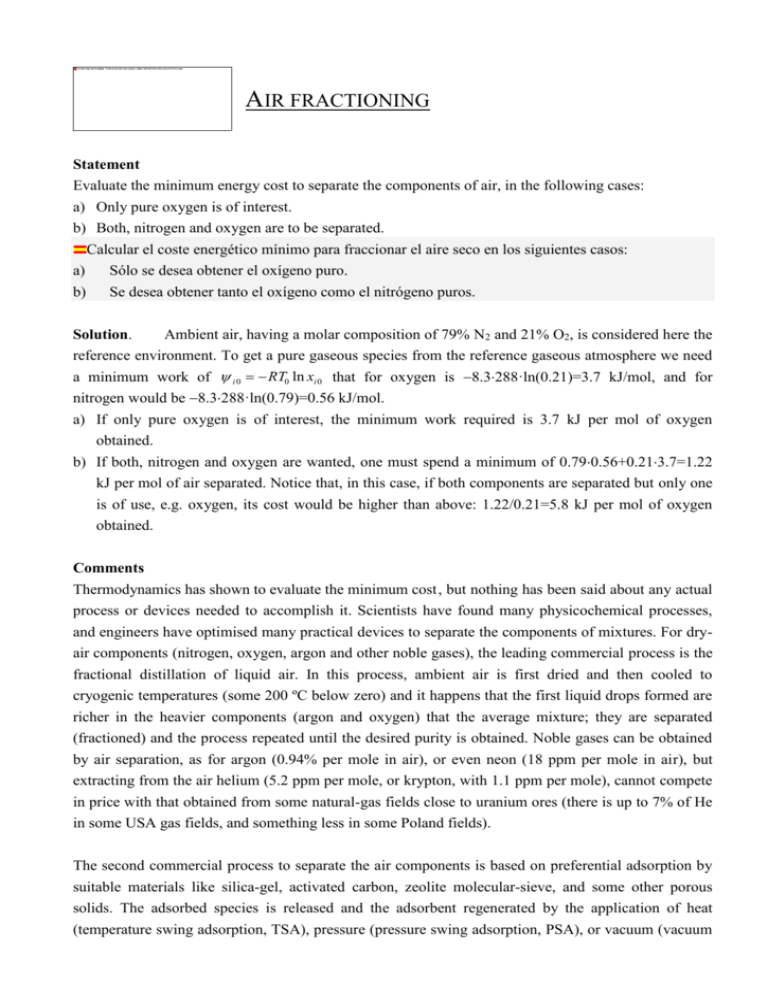
AIR FRACTIONING Statement Evaluate the minimum energy cost to separate the components of air, in the following cases: a) Only pure oxygen is of interest. b) Both, nitrogen and oxygen are to be separated. Calcular el coste energético mínimo para fraccionar el aire seco en los siguientes casos: a) Sólo se desea obtener el oxígeno puro. b) Se desea obtener tanto el oxígeno como el nitrógeno puros. Solution. Ambient air, having a molar composition of 79% N2 and 21% O2, is considered here the reference environment. To get a pure gaseous species from the reference gaseous atmosphere we need a minimum work of i 0 RT0 ln xi 0 that for oxygen is 8.3288·ln(0.21)=3.7 kJ/mol, and for nitrogen would be 8.3288·ln(0.79)=0.56 kJ/mol. a) If only pure oxygen is of interest, the minimum work required is 3.7 kJ per mol of oxygen obtained. b) If both, nitrogen and oxygen are wanted, one must spend a minimum of 0.790.56+0.213.7=1.22 kJ per mol of air separated. Notice that, in this case, if both components are separated but only one is of use, e.g. oxygen, its cost would be higher than above: 1.22/0.21=5.8 kJ per mol of oxygen obtained. Comments Thermodynamics has shown to evaluate the minimum cost , but nothing has been said about any actual process or devices needed to accomplish it. Scientists have found many physicochemical processes, and engineers have optimised many practical devices to separate the components of mixtures. For dryair components (nitrogen, oxygen, argon and other noble gases), the leading commercial process is the fractional distillation of liquid air. In this process, ambient air is first dried and then cooled to cryogenic temperatures (some 200 ºC below zero) and it happens that the first liquid drops formed are richer in the heavier components (argon and oxygen) that the average mixture; they are separated (fractioned) and the process repeated until the desired purity is obtained. Noble gases can be obtained by air separation, as for argon (0.94% per mole in air), or even neon (18 ppm per mole in air), but extracting from the air helium (5.2 ppm per mole, or krypton, with 1.1 ppm per mole), cannot compete in price with that obtained from some natural-gas fields close to uranium ores (there is up to 7% of He in some USA gas fields, and something less in some Poland fields). The second commercial process to separate the air components is based on preferential adsorption by suitable materials like silica-gel, activated carbon, zeolite molecular-sieve, and some other porous solids. The adsorbed species is released and the adsorbent regenerated by the application of heat (temperature swing adsorption, TSA), pressure (pressure swing adsorption, PSA), or vacuum (vacuum swing adsorption, VSA), or a hybrid like VPSA. Oxygen with >90% purity can be produced from air in a VSA-plant using a zeolite molecular-sieve adsorbent to remove nitrogen, carbon dioxide, and water from a stream of compressed air, and, when the sieve is saturated, a vacuum pump removes the adsorbed gases, enabling the sieve to be reused. The major industrial gas is natural gas (used as a fuel and chemical stuff), the second oxygen (used in combustion and medicine) and the third nitrogen (used as a chemical stuff, as an inert atmosphere and as a coolant; 85% of world production is by cryogenic distillation, the rest, of lower quality, mainly by hollow-fibre polymer membrane selective permeability). Other gases are produced from chemical reforming (H2, used as a chemical stuff, as a rocket fuel and in the food industry), or from industrial waste (as CO2, used in the food and beverage industry, as a coolant, as a solvent, in welding and firefighting). In the lab, there may be handy supplies of different gases, stored in high-pressure bottles, liquefied, absorbed or adsorbed on a condensate, or they may be produced on-line from some chemical reaction. Additional information on gases can be found aside. Back
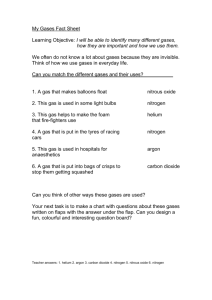

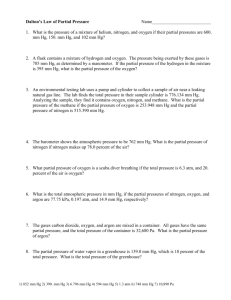

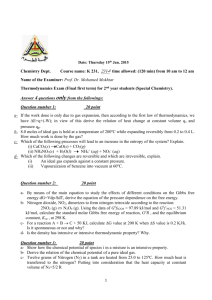





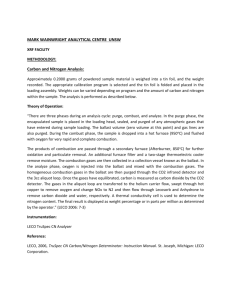
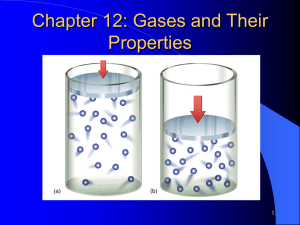
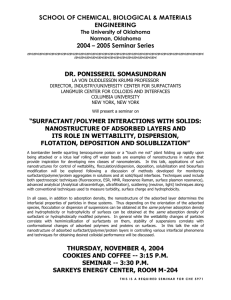
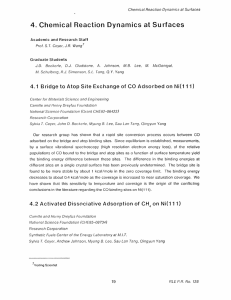
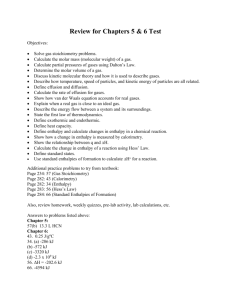
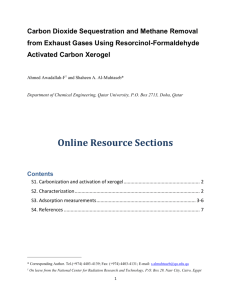
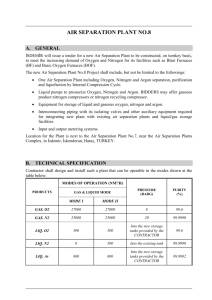
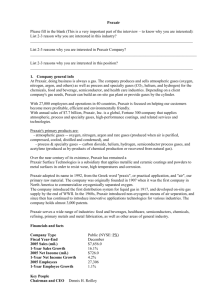
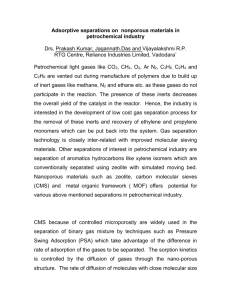
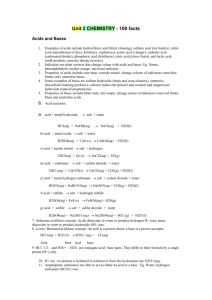
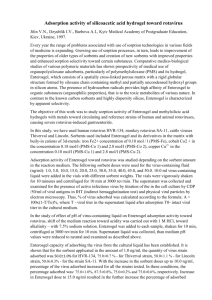
![Pressure Swing Adsorption: [1][2]](http://s3.studylib.net/store/data/006802693_1-445c2f7f8f13061959673e5cbe70cf68-300x300.png)